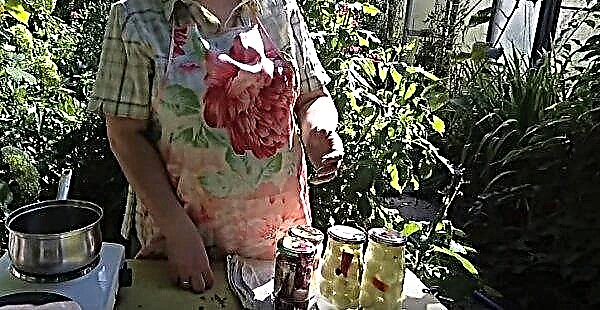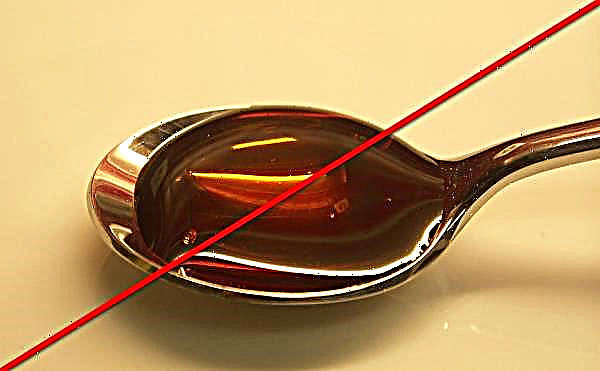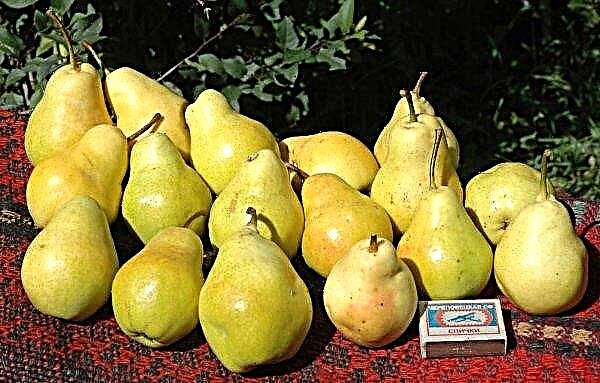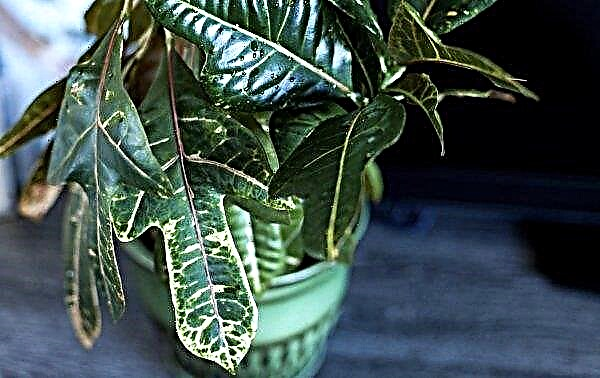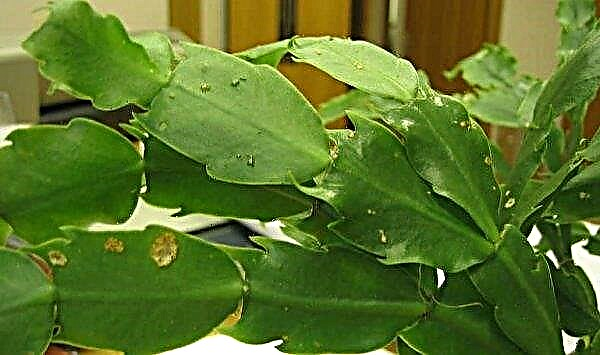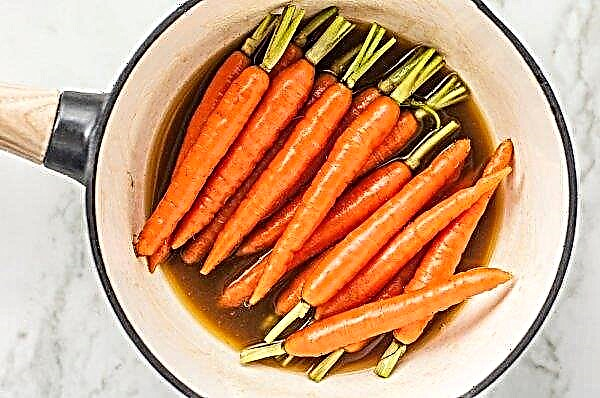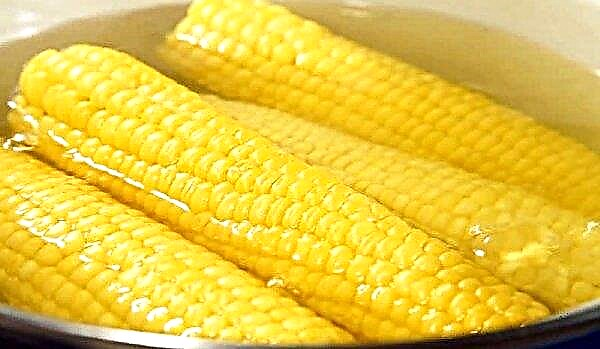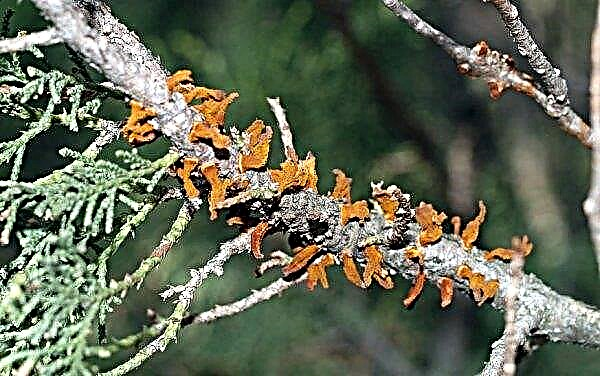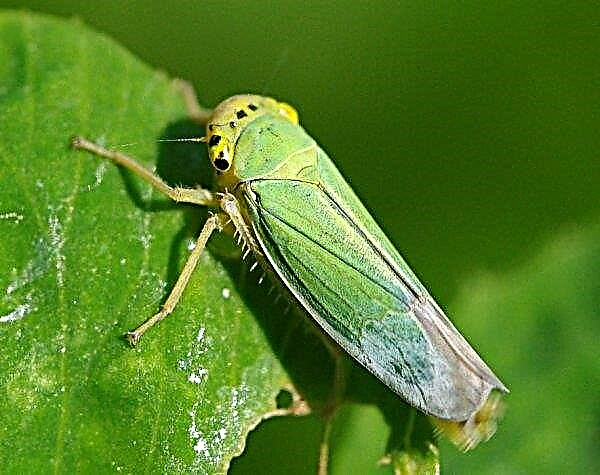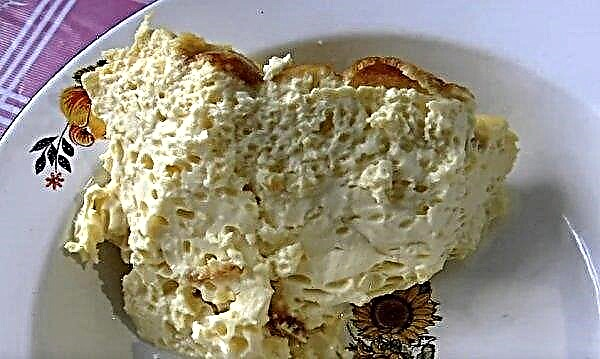For poultry farmers, both for beginners and with experience, the question is always open: which birds to breed for maximum benefit, with minimal effort to maintain them. Experts recommend a closer look at such a breed as mini-meat chickens. It is noted that the breeding, maintenance and care of this type of chickens will not only not cause trouble, but will also be economically viable.
Origin of mini-meat breeds
Those who are engaged in poultry farming know that chickens come in two directions: some are focused on rapid growth and meat production, and the second - on high egg production. If the orientation goes to the meat side, then from this breed one should not expect a high coefficient of egg productivity, and vice versa.
The breed of mini-meat birds is unique in that it is ready to provide its owner with delicious meat, without forgetting about the great productivity of eggs. They were first brought to the territory of Russia in the Moscow region at the end of the 19th century.
Breeders of the Zagorsk Institute of Poultry when crossing breeds focused on meat early maturity and at the same time the rapid development of the muscles of these birds. After breeding, this breed gained great fame not only in its homeland, but also far beyond its borders.
In European countries, where they are very actively engaged in breeding of this type of chickens, they practically abandoned broilers, noting the economic feasibility of the former.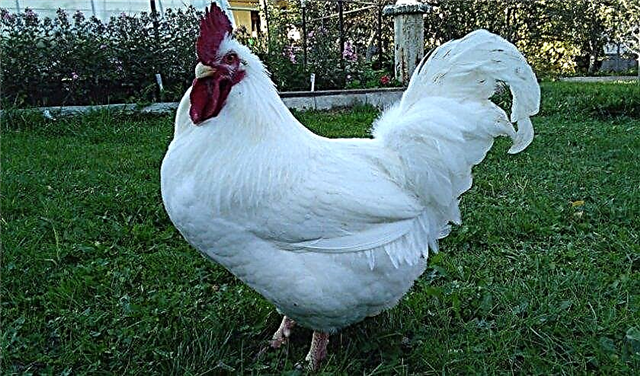
Description and characteristics of the breed
Bright representatives of this breed are dwarf rhode islands and dwarf leghorns.
Breeders of these breeds are designated P-11 and B-33, where:
- P-11 - dwarf rhode islands;
- B-33 - dwarf leghorns.
The purpose of creating these breeds was to combine the best productive qualities into one species. To achieve this goal, scientists crossed the genes of representatives of unusual breeds, among which were Malay and Shanghai chickens.
The resulting hybrids should have been perfected, and then the breeders decided to involve the Leghorn breed.
There are two paternal lines of meat chickens bearing the dwarf gene pool of VNITIP selection: B66 - birds with white plumage, B77 - birds with fawn plumage, and their combination - B76.
Comparing the description and characteristics of two types - P-11 and B-33 - there were no special differences between them, except for one - the color of the pen.
One of the main and important features of these species is that these mini-hens are quite economical and unpretentious in their content. They are distinguished by the speed of their growth and the minimum area required for their maintenance. They eat little, have a fairly calm disposition, and are productive in laying eggs.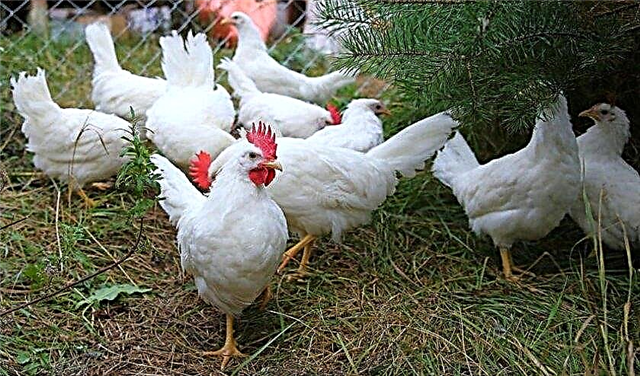 Consider the appearance of chickens P-11 and B-33:
Consider the appearance of chickens P-11 and B-33:
| Head | Medium size |
| Crest | Five-pronged leaf |
| Beak | Curved yellow |
| Neck | Medium in length, powerful, with well-developed mane |
| Chest | Powerful |
| Wings | Small with wide feathers |
| Tail | Medium, well-feathered |
| Paws | Short |
| Plumage and color | Thick, white or fawn color |
- The advantages of mini-meat breeds of chickens with the dwarf gene B-33 and P-11 include:
- calm nature;
- fast growth;
- low feed intake (130 g / day for 1 individual);
- unpretentiousness in nutrition;
- large egg products;
- universality;
- tasty meat.
In addition, these birds do not need a large territory for breeding, they can be kept in enclosures, and they do not have the habit of digging soil, which allows them to calmly let them out for a walk.
- The disadvantages of the breed can be considered:
- sensitivity to wet and damp weather;
- you can not cross with other breeds, since there is a very high risk of loss of productivity;
- these birds do not tolerate drafts;
- problems with the limbs due to being overweight can occur.
Did you know? Hens can be carried even without a rooster. It is only needed to fertilize the egg.
How to keep mini meat chickens
Keeping your birds is the most important part that determines whether your pets will benefit you. Consider how to properly contain mini-meat chickens.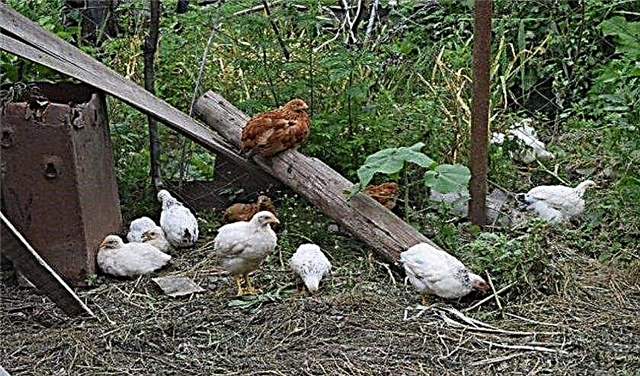
Arrangement of a chicken coop
Given that these birds have compact sizes, they can easily live in aviaries. However, this only applies to the warm season, in winter it is better to transfer the birds to the chicken coop.
The average temperature in the room should be + 12-16 ° C, while do not forget about ventilation and avoid drafts.
A great influence on laying hens is provided by lighting, especially in the autumn and winter periods, when daylight hours are short. Considering that chickens carry eggs only in daylight, it is important to provide them with good lighting, which should be present in the chicken coop for at least 13-14 hours a day.
A prerequisite for the health of pets is cleanliness in the chicken coop. The litter should be soft, dry, loose, absorbing moisture, and change with a frequency of 2-3 times a month.
Shredded straw, woody thyrs, dried fallen leaves and husks (rice, buckwheat, millet) are used as litter. Every six months they do a spring cleaning.
Summer paddock
A summer corral, also called a walking corral, is created with the aim of safely walking chickens in the open air in a warm period of time. The pen can be purchased in stores of this profile or designed with your own hands.
Important! It is advisable to place the pen on fresh grass so that the hens can eat it. As the grass is plucked out, the corral is moved to a new place.
Corral requirements are as follows:
- good ventilation and availability of fresh air;
- a roof or canopy to protect the hens from rain or intense heat;
- the territory should be fenced with a grid;
- there should be feeders and drinking bowls.
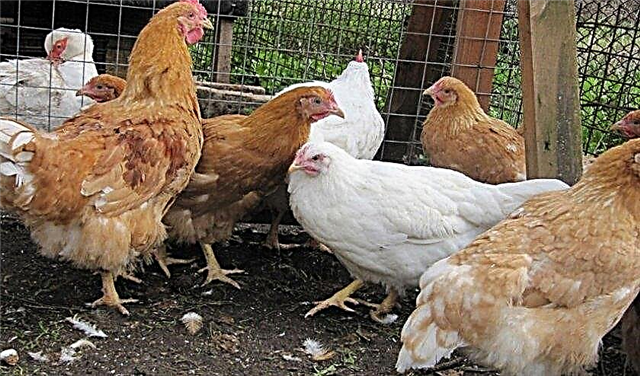
Nests and perches
The perch should be located horizontally at a height of 60 cm. The length of the bar is 18–20 cm, and its cross section is about 5x5 cm. The upper part of the bar should be rounded: this is convenient for grasping the paws and prevents falling during sleep.
The nest is the place of solitude of the brood hen before hatching the egg, so it should be convenient and located in a secluded place, protected from direct sunlight. Experts recommend calculating the number of nests as follows: 1 nest - for every 5 layers.
Like perches, nests are installed at a height of 40-60 cm from the floor. They take a small wooden box as a basis and fill it with shavings or other soft and natural litter. As it becomes soiled, the litter is updated to fresh.
Did you know? Domestic chickens outnumber the number of people on Earth by 3 times.
Feeding troughs and drinking bowls
A high-quality bird feeder should be strong, stable, easy to maintain and contain so much feed to provide food for the entire livestock. At the same time, it should be designed so that the birds could not climb into it with their paws and not throw garbage into the feed.
As for drinking bowls, they should be easy to maintain, strong and always filled with clean drinking water. In winter, the water needs to be heated, this will prevent the disease of birds. Ventilation
Ventilation
Limited air access and a high concentration of ammonia vapors can significantly harm the health of chickens, so there should be good ventilation in the chicken coop.
Important! The cleanliness and disinfection of feeders and drinking bowls will have a beneficial effect on the productivity of your poultry yard.
The basic ventilation requirements are as follows:
- providing birds with fresh air;
- should not create drafts;
- air flow rate - 0.8 m / s in summer and not more than 0.5 m / s in winter;
- humidity - from 60 to 80%.
Diet
The diet of mini-meat chickens practically does not differ from the nutrition of ordinary chickens. They are fed with special feeds, feed, greens, cereals, root crops. They also give a grain mixture of finely ground, where you can add meat and bone meal or fish meal, chalk or egg shell powder.
If the birds are provided with a walk, then they themselves will find suitable greens, larvae and small pebbles to improve digestion.
Important! These chickens are small children, so be careful not to overeat, because their stomach is not used to large amounts of food.
Herd replacement planned
The herd consists of 10 chickens per cockerel. Replacement is done every two years. It is not recommended to plant representatives of a different species to the livestock; as a result, you risk losing the uniqueness and productivity of this breed. Sometimes, in order to obtain broiler chickens, they replace a miniature rooster with a Cornish rooster.
It is not recommended to plant representatives of a different species to the livestock; as a result, you risk losing the uniqueness and productivity of this breed. Sometimes, in order to obtain broiler chickens, they replace a miniature rooster with a Cornish rooster.
If you want to get a riot of colors in the plumage of these hens, then you can plant the black P-11 cockerel to the B-33 hens.
Shedding and a break in egg laying
Like all birds, mini-meat hens are prone to molting, which can be of several types:
- Primary - in chickens at the age of one month, when the pen is being updated from thin to more durable.
- Seasonal - occurs in the spring and autumn.
- Natural - the termination of laying eggs in a laying hen and the renewal of the body. It lasts 1-2 months.
- Due to illness - occurs in the presence of fleas, parasites and ticks in birds.
- Stressful - happens from severe stress (relocation, cramped quarters, inadequate nutrition).
If molting has begun, then first of all it is necessary to determine the cause of its appearance. If it is natural or seasonal, you should take care to add more vitamins and minerals to the diet, as well as create comfortable conditions in the chicken coop: in winter - warming, in summer - good ventilation.
When the disease becomes a cause of molting, consult a veterinarian and provide the birds with proper treatment.
The subtleties of breeding chickens
In chickens of mini-meat breed, the incubation instinct is very rarely observed, on the basis of this, it is worth getting an incubator. Born offspring must ensure proper conditions of detention.
Feeding organization
Experts recommend the first four weeks of life of chickens to be raised on compound feeds specially created for young meat-type breeds. After this, the feed is replaced by grain mixtures, which must be crushed.
They add chalk, fishmeal, herbs, yogurt and cottage cheese. This kind of food lasts until the chicken is 5 months old, from then on, the transition to feed for an adult bird is allowed.
Care
Caring for chickens after the incubator is quite painstaking and difficult. It should be noted that not all chicks that appeared in the incubator method differ in excellent health, especially in the first weeks of life, therefore, during this period they should be given special attention.
It is important to ensure a balanced diet, a warm room and constant access to fresh water.
The dried-up chickens are almost immediately transplanted from the incubator under a layer. If this is not possible, then you can transplant them into a box of cardboard or wood, after placing it in a dry and warm place. Inside the drawer lay a fabric folded in several layers.
A few weeks later, when the chickens are already strong, they are transferred to the chicken house. Take the kids out for a walk gradually: first for half an hour, then for an hour, every day increasing the time spent on the street by 30 minutes.
When the chicks get used to walking, they can be left for the whole day. The area where the chickens are walking should be fenced with a soft but strong net so that none of the inhabitants of the yard attacked them.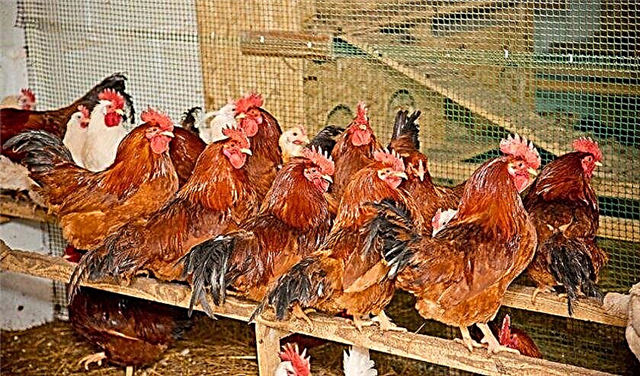
Vaccination
From the first days of life, chicks are vaccinated against various diseases. The optimal scheme for immunizing young animals can be selected by a veterinarian. As a rule, chickens are vaccinated against diseases of Newcastle, Marek, Gamboro.
What diseases are affected
Representatives of mini-meat chickens are susceptible to various diseases.
The table below shows the most common diseases, their symptoms and treatment options:
| Disease | Symptoms | Treatment |
| Abdominal dropsy | Low activity of the bird, accompanied by a significant increase and tension of the abdomen | Poke an abdominal cavity with a large-diameter needle, having previously disinfected it with alcohol, manually pump out the liquid or use diuretics |
| Gout | Loss of appetite, lack of exercise, which can lead to leg failure. The intestines swell and the goiter becomes inflamed | Transfer of a sick bird to a protein-free diet, an increase in the amount of vitamin A in the diet |
| Pasteurellosis | Often imperceptible in the first stages, the latter is accompanied by a blueness of the crest, fever, mucous discharge from the nose, hoarseness and panting | The last stage is fatal and it is impossible to cure the bird, but if the disease is determined at the initial stage, strong antibiotics are injected into the bird (prescribed by the veterinarian) |
| Coccidiosis (infection with intestinal parasites) | Diarrhea, lack of appetite, chills, pressing wings to the body | Monitor the cleanliness of the inventory in the chicken coop, add antibiotics to the feed |
| Tuberculosis | In the first stages, it is difficult to determine without special analyzes. Tumors on joints and skin lesions appear on the latter. | Treat your veterinarian. If the disease is detected at the last stage, then the chicken should be slaughtered, and her body burned so that the disease does not spread to the entire livestock. The meat of such a chicken is unsuitable for consumption |
| Chicken mite | When infected, inflammation is observed on the skin, a cough appears (if the tick got into the trachea), but frequent shaking of the head indicates that the tick got into the pet’s ear | Drugs for treatment: "Ecoflis", "Pyrethrum" (process feathers of a bird) |
| Worms | Depletion, Neurosis, Toxicosis and Anemia | Keep clean in the chicken coop and disinfect on time. Means for treatment: “Piperazine”, “Phenothiazine” (50 mg per 1 kg of live weight, added to the feed) |
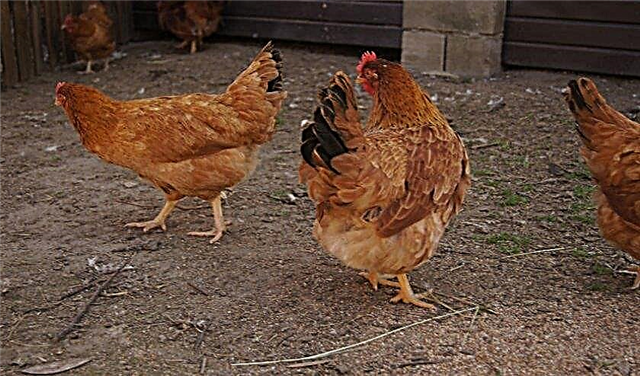 Summing up, it should be said that the content of such a breed of chickens, although quite troublesome, but still profitable. A hefty saving on the stern and occupied space of these mini-chickens allows you to grow a large herd with minimal costs.
Summing up, it should be said that the content of such a breed of chickens, although quite troublesome, but still profitable. A hefty saving on the stern and occupied space of these mini-chickens allows you to grow a large herd with minimal costs.By creating the right conditions for them, you can get a sufficient amount of quality products in a short time.

